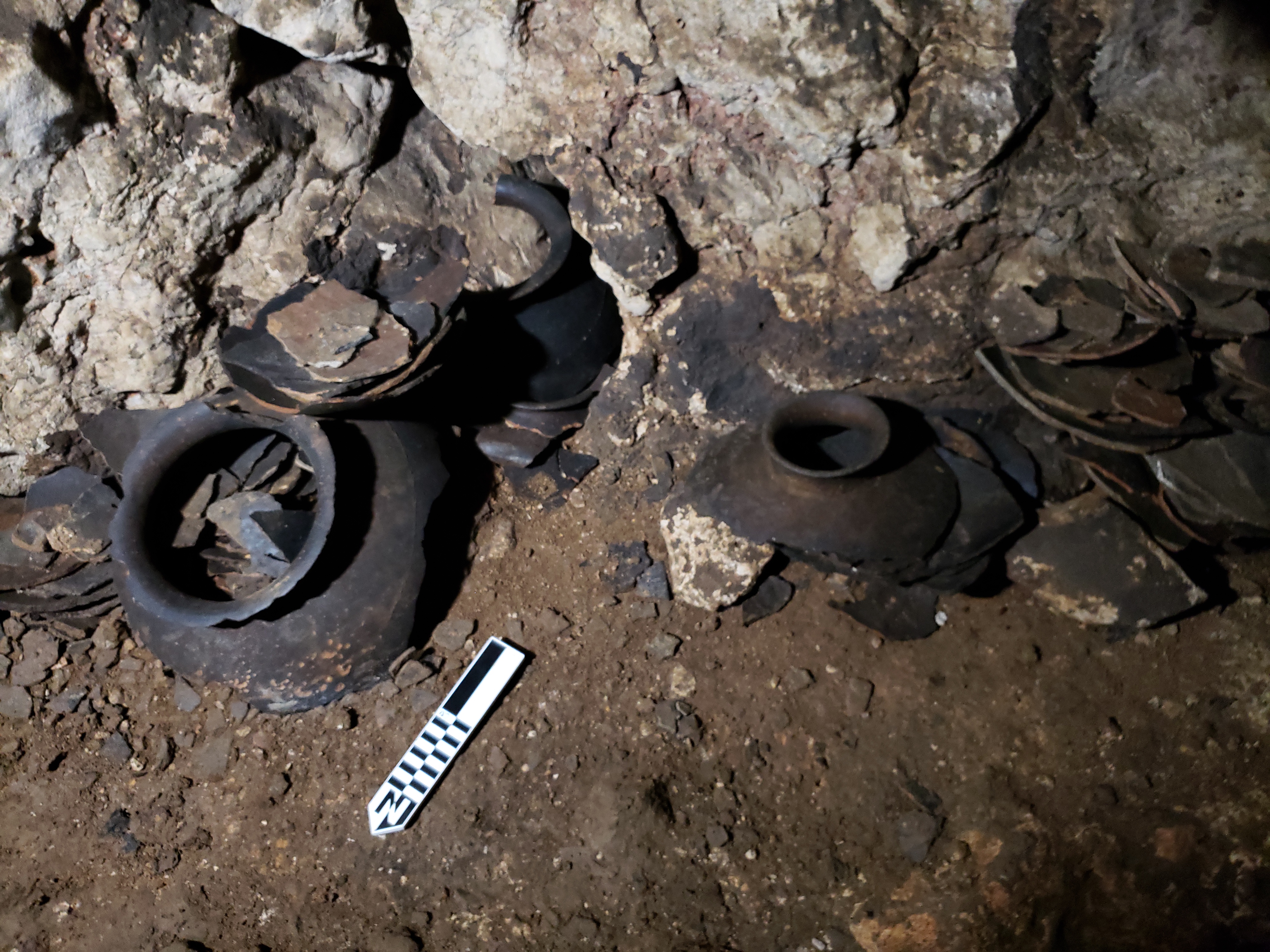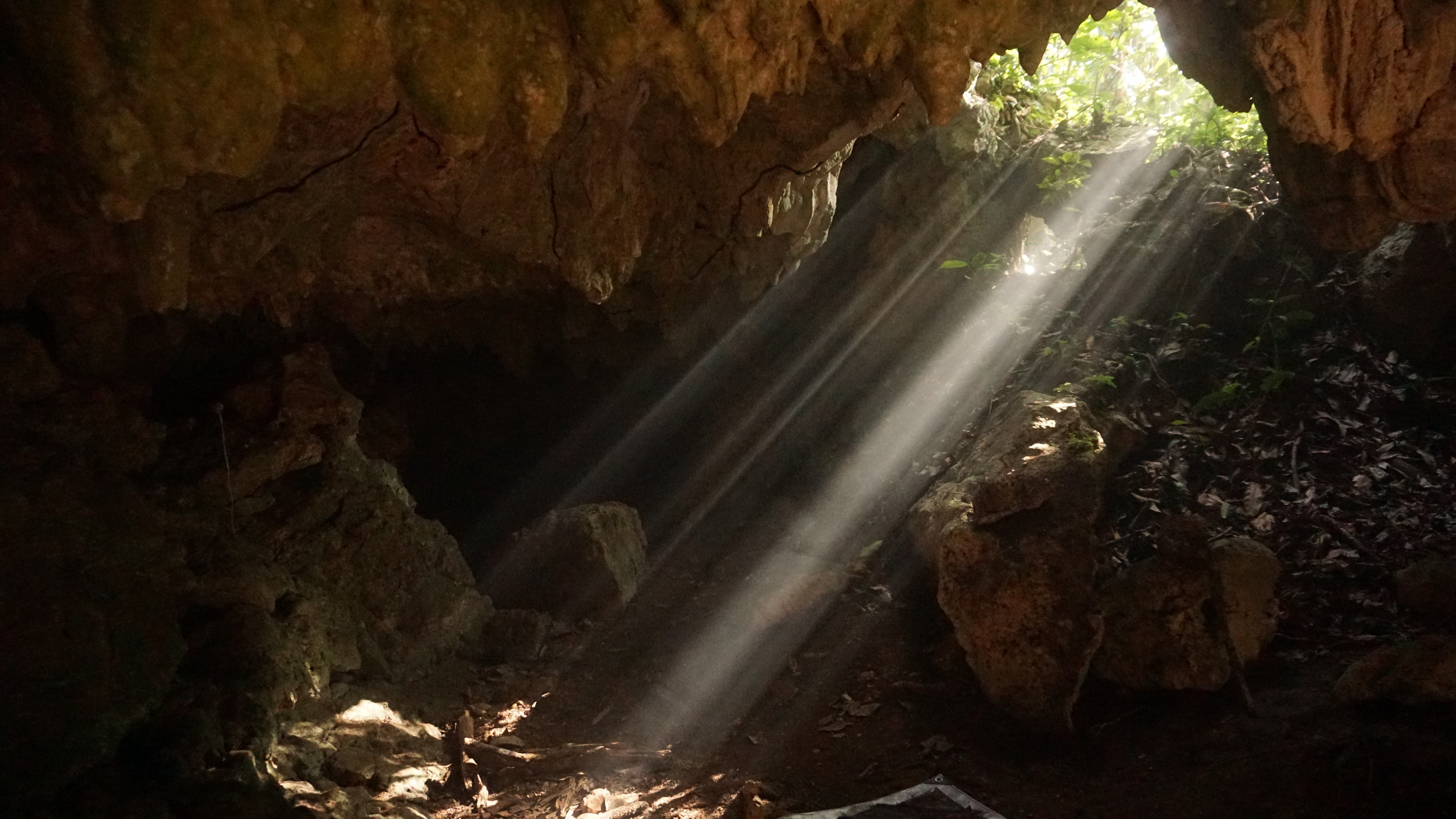 myCSUSM
myCSUSMAndres Berdeja Field Blog 2, June 24, 2019
The past week has been full of surprises, finds, and extraordinary experiences. We are doing archaeological excavation in Rio Frio Cave A, and the amount of cultural material we started to find was overwhelming for everyone, including Dr. Spenard. Some of the best finds included obsidian blade bloodletting tools, shell bead pendants, and ancient corncobs – all used in ritual by the ancient Maya. I also got to explore the big cave (Rio Frio Cave C) that extends about 400 meters through the earth.

It was astonishing to see these artifacts in person and have Javier, our local Maya guide, interpret the cultural significance and specific Maya practices that have been important to him and his ancestors.
Dr. Spenard has been helping us a lot with our archaeological excavation by being open to answer our many questions as well as providing a working environment that is very inviting. He makes an effort to make us think for ourselves in the field as if we are graduate students or even coworkers.
This past weekend we also had the privilege to see the beautiful ancient city of Tikal, and it was one of the best experiences of my life. Reading about this magnificent city doesn’t do it justice. You have to actually experience it in person to fully understand the massive construction efforts the Maya people put forth to create this enormous city. The sky-scraping pyramids were built in the middle of the tropical jungle and in perfect alignment with the four cardinal directions! It’s hard to grasp how they accomplished this.

By seeing first-hand how Maya people today used this important tree sap for ritual purposes allowed us to understand how the Maya of the past may have used it at the cave. Belize has so far given me the full cultural and archaeological experience that I was hoping for. Each day, the country seems to surprise me with something new. I hope these surprises keep coming until the last hour I’m here. Until now, I haven’t experienced an anthropology or archaeology field class/study abroad program as intense or as extensive as this one. Dr. Spenard provides us insight about the research being conducted here in Belize and brings everything Maya into context for us.
I’ve learned that being close to faculty members as an undergrad is crucial if one wants to experience anthropological and archaeological research abroad. I highly recommend coming to Belize with Dr. Jon Spenard. He is the most patient, sweet, nice, and most intelligent person I've ever worked with in the field of archaeology. He’s made it a priority to ensure students feel comfortable and are prepared to do archaeology abroad. He’s also given us great advice about pursuing advanced degrees in higher education and shown that it’s possible to pursue a graduate degree in the fields of archaeology and anthropology.
I know this won’t be the only time I come to Belize to pursue an experience like this one. I definitely intend to continue my journey through the forests of Central America.






